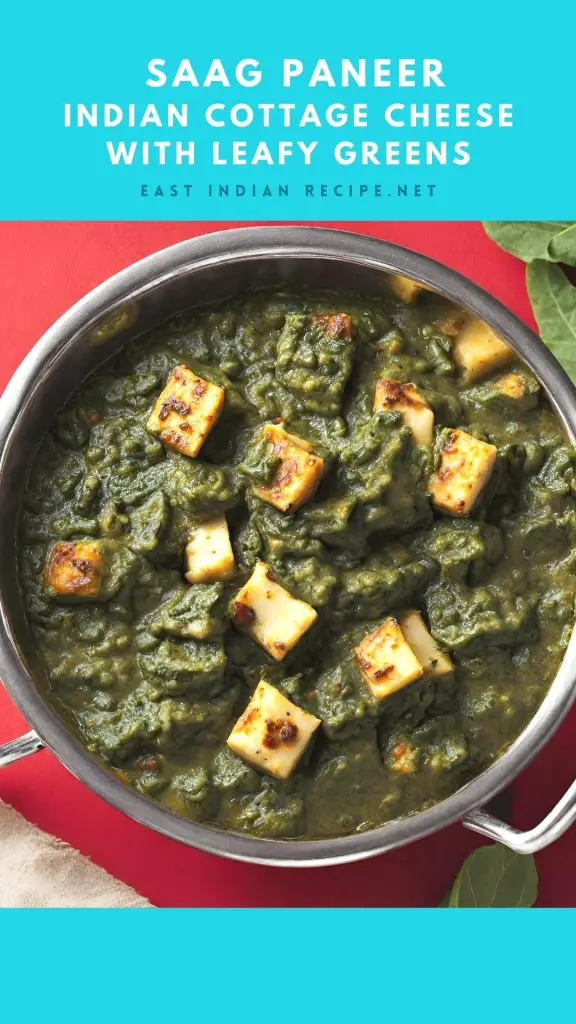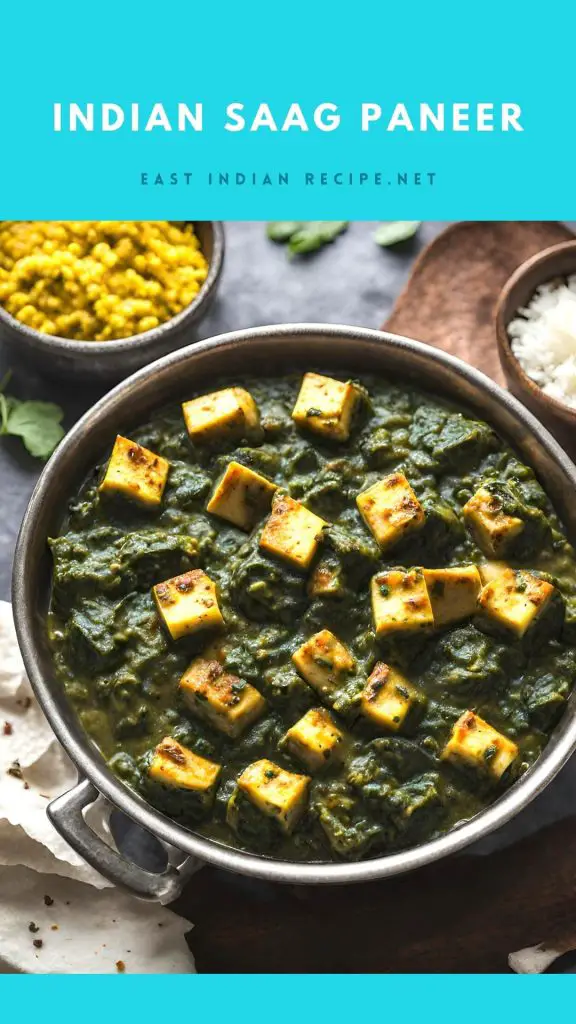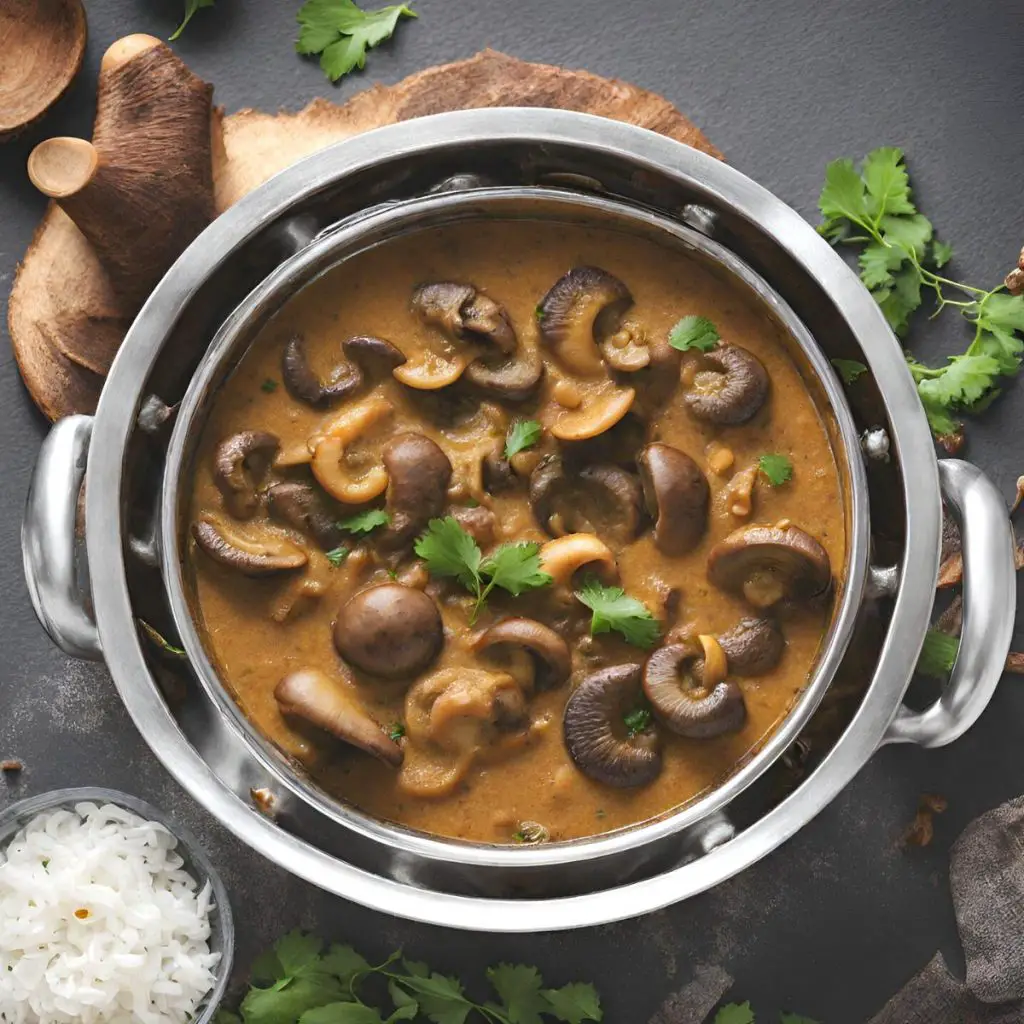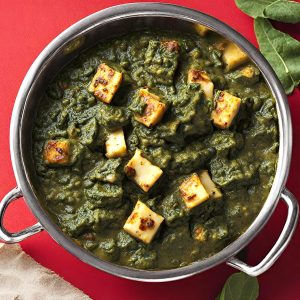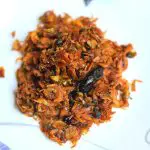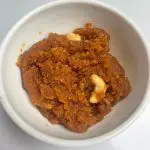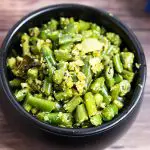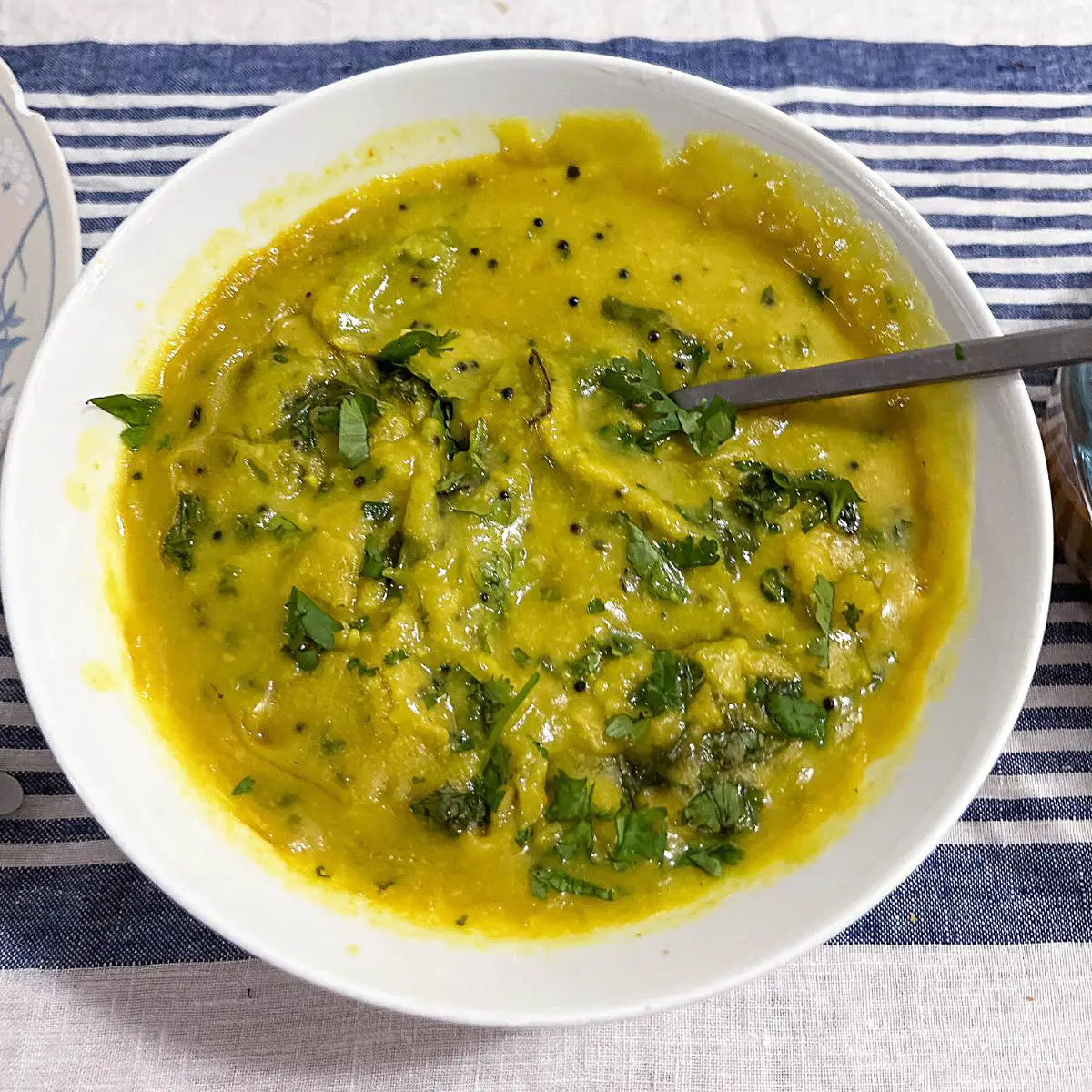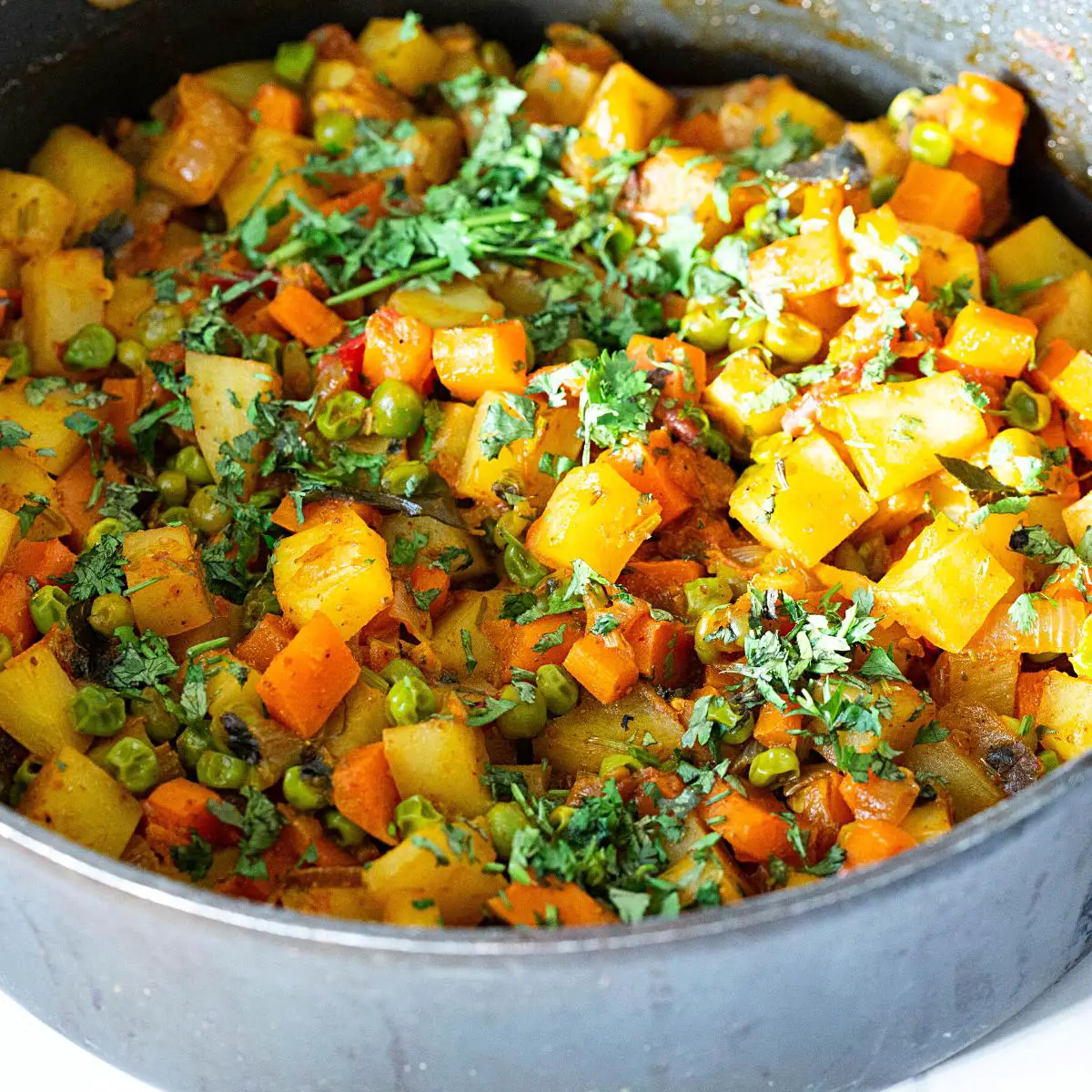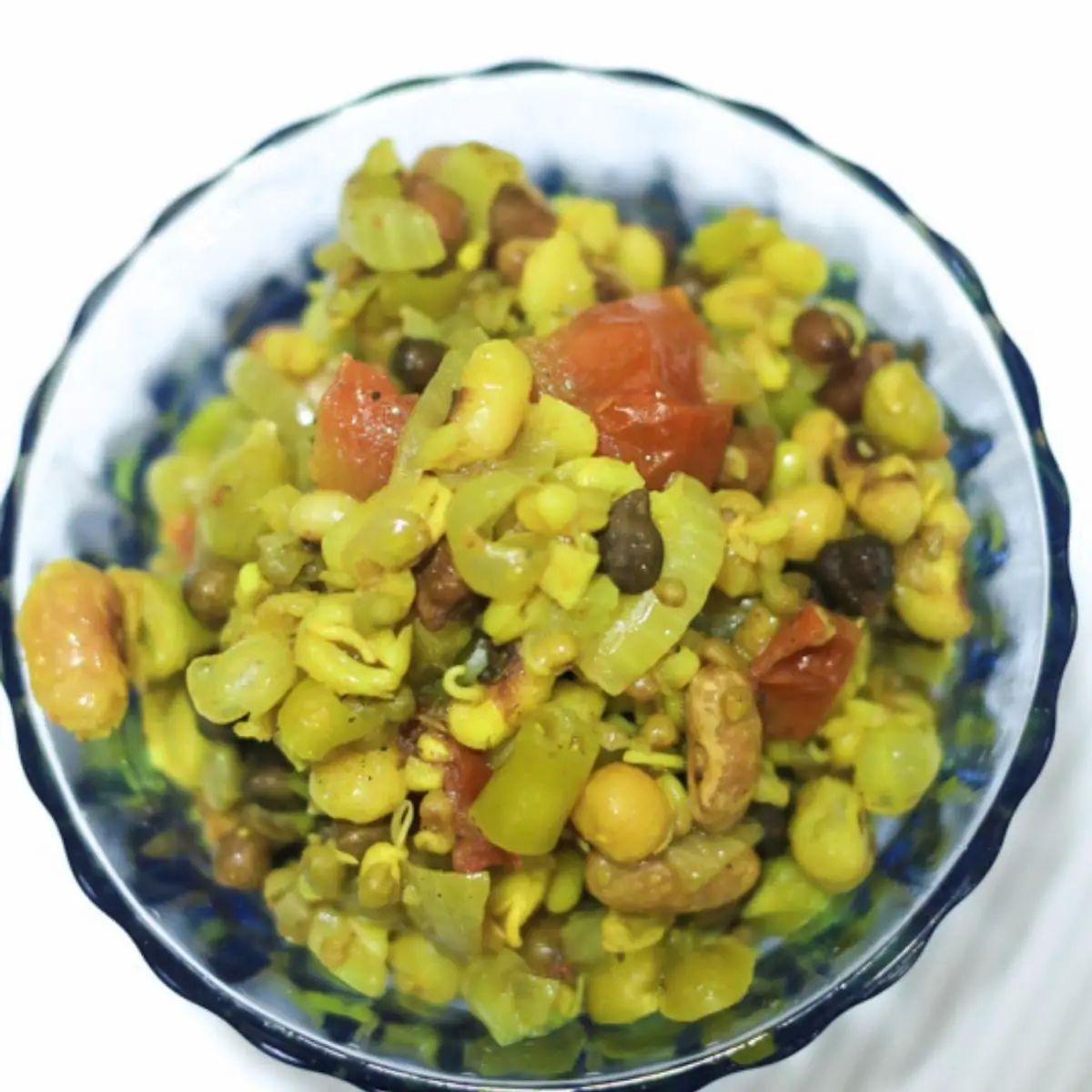The Ultimate Saag Paneer Recipe
Are you ready to take your taste buds on a journey to India? Prepare to unlock the secrets of the ultimate Saag Paneer recipe, a dish that will have your palate singing with delight. From the buttery, perfectly cooked paneer to the aromatic blend of spices, this recipe is guaranteed to elevate your Indian cooking skills to new heights.

Saag paneer – a dish that promises to tantalize your taste buds and transport you to flavor town. Saag is a term used in Indian cuisine to describe a variety of leafy green vegetables, such as spinach, mustard greens, or fenugreek leaves. These greens are typically cooked down to a velvety consistency, resulting in a rich, vibrant base for many Indian dishes. Saag is a beloved ingredient in traditional Indian cooking for its incredible taste and nutritional value.
Now, let’s bring paneer into the mix. Paneer, a type of fresh cheese made from cow’s milk, is the perfect accompaniment to saag. With its mild, creamy flavor, paneer complements the bold flavors of saag, creating a winning combination. The paneer is typically cubed and lightly fried or sautéed before being added to the saag, adding a delightful textural contrast to the dish.
When you combine saag and paneer, you get saag paneer – a classic Indian dish that has become a favorite worldwide. This vegetarian delight is known for its creamy, comforting flavors and the perfect balance of spices. This is not just a dish; it’s an experience.
The History and Origin
When you combine saag and paneer, you get saag paneer – a classic Indian dish that has become a favorite worldwide. This vegetarian delight is known for its creamy, comforting flavors and the perfect balance of spices. This is not just a dish; it’s an experience.
Now that we’ve uncovered the essence of saag and paneer, we can move on to exploring the fascinating history and origin. Join us as we uncover the secrets behind this beloved Indian dish and learn how it has evolved to become the culinary masterpiece it is today. Get ready to immerse yourself in the rich cultural heritage of saag paneer.
Saag paneer originates from the northern regions of India, particularly Punjab. In Punjab, saag (often made from mustard greens, spinach, or a combination of various leafy greens) has long been a staple in the local cuisine. Paneer, a type of Indian cheese made from curdling milk with a souring agent, was also commonly consumed in Punjab. The marriage of these two ingredients gave birth to saag paneer, a dish that symbolizes the region’s rich culinary traditions.
However, saag paneer didn’t stay confined to Punjab’s borders for long. As Indian cuisine gained popularity worldwide, thanks to immigration and globalization, this dish soon became a beloved dish in Indian restaurants across the globe. Its delicious flavors, combined with its vegetarian nature, made it a hit among both Indian food enthusiasts and those looking to explore new culinary horizons.
Over time, saag paneer has undergone various adaptations and modifications to suit different regional tastes and ingredient availability. Each region adds its own twist to the dish, incorporating local spices and greens, resulting in unique variations of saag paneer. Despite these regional variations, the core essence of this dish remains constant – a creamy concoction of leafy greens, perfectly seasoned with aromatic spices, and dotted with soft, chewy cubes of paneer.
The enduring appeal of this dish lies not only in its delicious taste but also in the deep cultural connections it represents. It showcases the harmonious blending of flavors, textures, and traditions that make Indian cuisine so diverse and vibrant. Whether enjoyed in a traditional Indian home or savored in a contemporary restaurant, paneer continues to delight food lovers around the world.
Key Ingredients for a Flavorful Saag Paneer
- One of the fundamental ingredients that gives saag paneer its distinctive flavor is, of course, spinach. Fresh and vibrant spinach leaves are the star of this dish, providing a rich and earthy base. When cooked down and combined with other aromatic ingredients, the spinach adds a beautiful depth of flavor that perfectly complements the creamy paneer.
- Speaking of paneer, this Indian cheese is another crucial ingredient for a flavorful paneer. Paneer is a soft and unaged cheese made from curdled milk, often used in Indian cooking. Its mild and creamy taste, along with its ability to hold its shape when cooked, makes paneer the perfect companion to the robust flavors of the spinach. With its velvety texture and delicate flavor, paneer adds a satisfying richness to the dish.
- In addition to spinach and paneer, a medley of spices and aromatics is what truly elevates this dish to a whole new level of flavor. The aromatic trio of ginger, garlic, and onion forms the foundation of many Indian dishes, including saag paneer. The combination of these three ingredients creates a fragrant and savory base that serves as the building block for the dish’s complex taste profile.
- To further enhance the flavors, a blend of spices is added to the paneer. This can include cumin, coriander, turmeric, and garam masala, among others. Each spice adds its unique character, whether it’s the warm and earthy notes of cumin or the aromatic and slightly sweet undertones of garam masala. The spices work together harmoniously to create a symphony of flavors, infusing it with a delightful complexity.
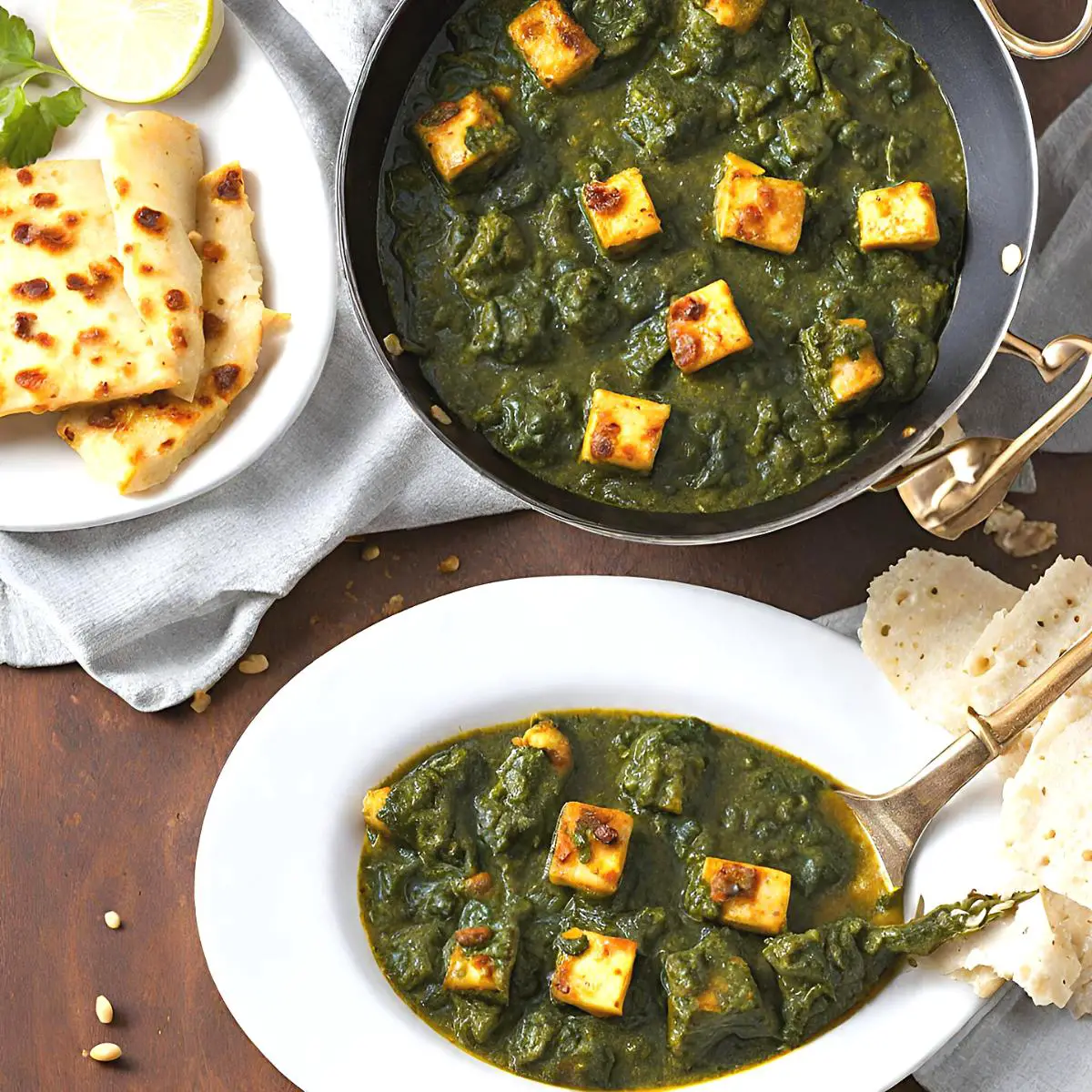
Tips and Tricks for Perfecting Your Saag Paneer
- Firstly, it’s important to ensure that your spinach is cooked to perfection. To avoid overcooking or undercooking the spinach, try blanching it beforehand. This involves briefly boiling the spinach and then immediately transferring it to ice water to stop the cooking process. This method helps to maintain the vibrant green color of the spinach and also retains its nutritional value.
- Additionally, when it comes to the paneer, it’s essential to use the right kind of cheese and prepare it properly. Opt for a high-quality paneer that is fresh and firm. Before adding it to the saag, it’s a good idea to lightly fry the paneer cubes in some ghee or oil until they turn golden brown. This step helps to enhance the flavor and texture of the paneer, making it more enjoyable to bite into.
- To further enhance the taste of your paneer, consider adding some aromatic spices and herbs. Traditional Indian spices such as cumin, coriander, and garam masala can bring a depth of flavor to your dish. Feel free to experiment with different spice combinations to find the perfect balance for your palate.
- Lastly, remember that patience is key when cooking paneer. Allow the dish to simmer on low heat for 5-10 minutes after adding the paneer. This allows the flavors to meld together and the paneer to soak in the delicious spinach gravy, resulting in a more cohesive and flavorful dish.
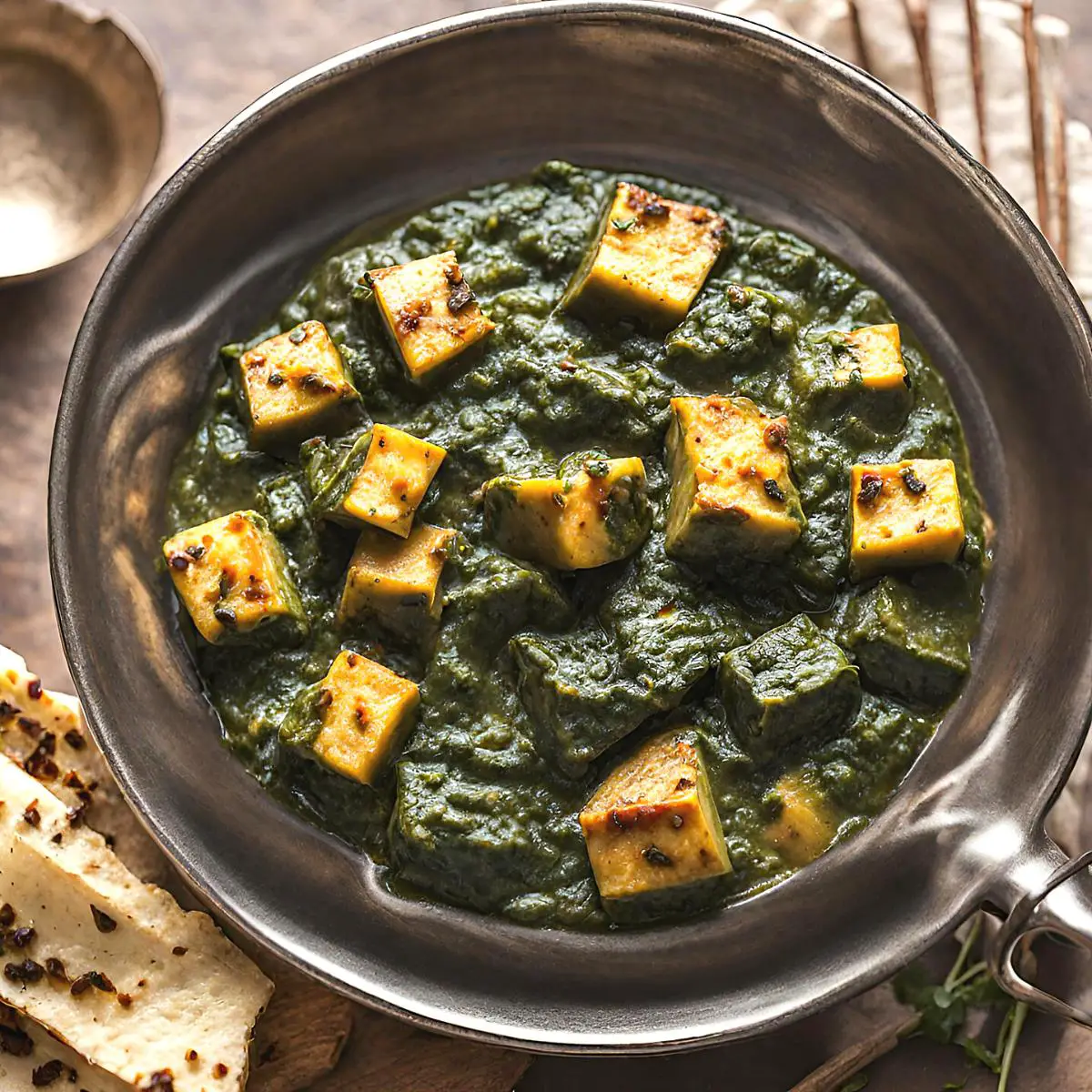
Serving Suggestions and Pairings for Saag Paneer
- One classic way to enjoy saag paneer is with freshly baked naan bread. The warm, pillowy naan is perfect for scooping up the creamy spinach and tender paneer. Combining the soft naan and the rich dish creates a harmonious symphony of flavors.
- Consider serving saag paneer with fragrant basmati rice if you prefer a lighter option. The fluffy grains of rice act as a blank canvas, allowing the saag paneer to take center stage. Each spoonful of this dish mingling with the delicate rice creates a delightful textural contrast that will satisfy your taste buds.
- For those looking to add some brightness to their green paneer experience, consider garnishing the dish with a squeeze of fresh lemon juice. The tangy acidity of the lemon juice cuts through the richness of the spinach and paneer, adding a refreshing element to each bite. Additionally, a sprinkle of chopped cilantro on top adds a burst of freshness and a pop of vibrant color.
- If you’re feeling adventurous, you can also explore some unique pairings for saag paneer. The dish pairs beautifully with a crisp and refreshing cucumber and tomato salad. The cucumber’s coolness and the tomatoes’ juicy sweetness contrast the warm and creamy dish.
- In summary, you can enjoy this with freshly baked naan bread, fragrant basmati rice, or a tangy cucumber and tomato salad. Each of these serving suggestions and pairings adds its own unique touch to the overall dining experience, complementing the flavors perfectly.
- Palak Paneer
- Avial – Mixed Vegetable Curry
- Indian Curry Beans
- Pav Bhaji Recipe
- Mixed Vegetable Curry
Frequently asked questions
Yes, you can use frozen spinach as a substitute for fresh spinach in saag paneer. However, keep in mind that frozen spinach tends to have a slightly different texture and may release more water during cooking. Be sure to thaw and drain the frozen spinach before adding it to the dish to prevent it from becoming too watery.
Absolutely! If you’re looking for a vegan or dairy-free alternative, you can substitute tofu for paneer in saag paneer. Just make sure to use firm or extra-firm tofu and press it to remove excess moisture before sautéing it with the spices and adding it to the dish. Tofu will absorb the flavors of the sauce beautifully and add a deliciously creamy texture to the saag.
Certainly! Saag paneer can be made in advance and refrigerated for a day or two before serving. In fact, many people find that the flavors develop even more after a day or two in the fridge. Reheat it gently on the stovetop or in the microwave, adding a splash of water or cream if needed to loosen up the sauce.
While it can be refrigerated, it is not recommended to freeze it. The texture of the spinach and paneer can change upon thawing, resulting in a watery and mushy dish. It’s best to enjoy it fresh or refrigerate any leftovers for later.
The level of spiciness in can be adjusted to your preference. Traditionally, Indian cuisine includes a variety of spices, including chili powder, cumin, coriander, and garam masala, which can add complexity and heat to the dish. However, if you prefer milder flavors, you can reduce the amount of chili powder or omit it altogether. Feel free to experiment and find the perfect balance of spices that suits your taste buds.
Pin this and other East-Indian Recipes on Pinterest here. Don’t forget to like and Follow for more recipes.
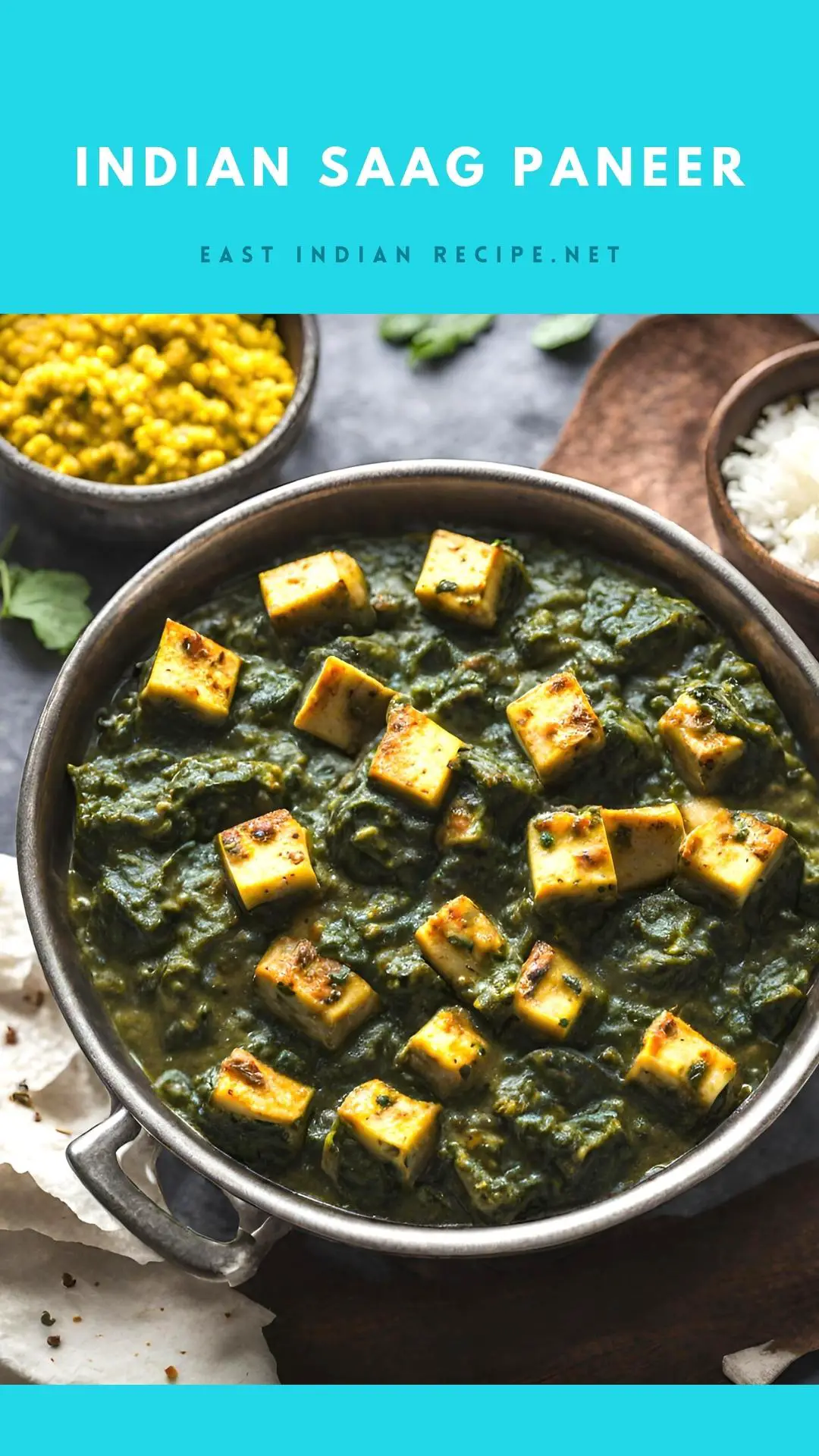
Ingredients
For the Paneer
- 225 g (8 oz) Paneer, Indian cottage cheese , cut into cubes
- 1 tbsp Vegetable oil
- ½ tsp Cumin seeds
- ½ tsp Turmeric powder
- ¼ tsp Salt to taste
For the Saag
- 10 oz (283 g) Fresh spinach leaves, washed and chopped
- 10 oz (283 g) Fresh mustard greens or kale (you can use one or a combination of greens)
- 2 tbsp Ghee or butter
- 1 small Onion finely chopped
- ¼ tsp Cumin seeds
- 2 large Garlic cloves minced
- 1-inch piece Fresh ginger minced
- 2 med Green chilies finely chopped (adjust to your spice preference)
- 2 small Tomatoes chopped
- 1/2 tsp Cumin powder
- 1/2 tsp Coriander powder
- 1/2 tsp Garam masala
- 1/2 tsp Red chili powder adjust to taste
- 1/4 cup (60 ml) Heavy cream optional
- ½ tsp Salt to taste
Instructions
- Prepare the Paneer: Heat the vegetable oil over medium-high heat in a skillet. Add the cumin seeds and let them sizzle for a few seconds. Add the paneer cubes and cook until they turn golden brown on all sides. Sprinkle turmeric powder and a pinch of salt over the paneer, toss to coat, and remove from heat. Set aside.225 g Paneer, Indian cottage cheese, 1 tbsp Vegetable oil, ½ tsp Cumin seeds, ½ tsp Turmeric powder, ¼ tsp Salt
- Blanch the Greens: Bring a large pot of water to a boil. Add the chopped spinach and mustard greens (or kale) to the boiling water. Blanch the greens for about 2-3 minutes until they wilt and turn bright green. Drain the greens and immediately transfer them to a bowl of ice water to stop the cooking process. Once cooled, drain again and blend the greens into a smooth paste using a blender or food processor. Set aside.10 oz Fresh spinach leaves, washed and chopped, 10 oz Fresh mustard greens or kale
- Make the Saag: Heat ghee or butter over medium heat in a large skillet or pan. Add the cumin seeds and let them sizzle for a few seconds. Add the chopped onions and sauté until they turn translucent. Add the chopped onions and sauté until they turn translucent. Stir in the minced garlic, ginger, and green chilies. Cook for another 2 minutes until fragrant.2 tbsp Ghee or butter, 1 small Onion, ¼ tsp Cumin seeds, 2 large Garlic cloves, 1-inch piece Fresh ginger, 2 med Green chilies
- Add Spices and Tomatoes: Add the cumin powder, coriander powder, garam masala, and red chili powder. Cook for a minute to toast the spices. Add the chopped tomatoes and cook until they become soft and the oil separates from the mixture.2 small Tomatoes, 1/2 tsp Cumin powder, 1/2 tsp Coriander powder, 1/2 tsp Garam masala, 1/2 tsp Red chili powder
- Add Greens: Pour the blended greens paste and mix well with the tomato-spice mixture. Cook the saag for about 10-15 minutes on low heat, stirring occasionally, until it thickens and the oil floats on top. If using heavy cream, add it at this stage and mix well. Cook for an additional 2-3 minutes.1/4 cup Heavy cream, ½ tsp Salt to taste
- Add Paneer: Gently add the sautéed paneer cubes into the saag and stir to combine. Let the saag paneer simmer for another 5 minutes to allow the flavors to meld together.
- Adjust Seasoning: Taste and adjust the salt and spices according to your preference.
- Serve: Serve the saag paneer hot with naan, roti, or rice.
About Videos – most recipes has two videos – a quick version in the post & longer detailed version on this recipe card. Please do subscribe to my channel if you like my videos
Nutrition Information
The nutrition information and metric conversion are calculated automatically. I cannot guarantee its accuracy. If this data is important to you please verify with your trusted nutrition calculator. Thank you
